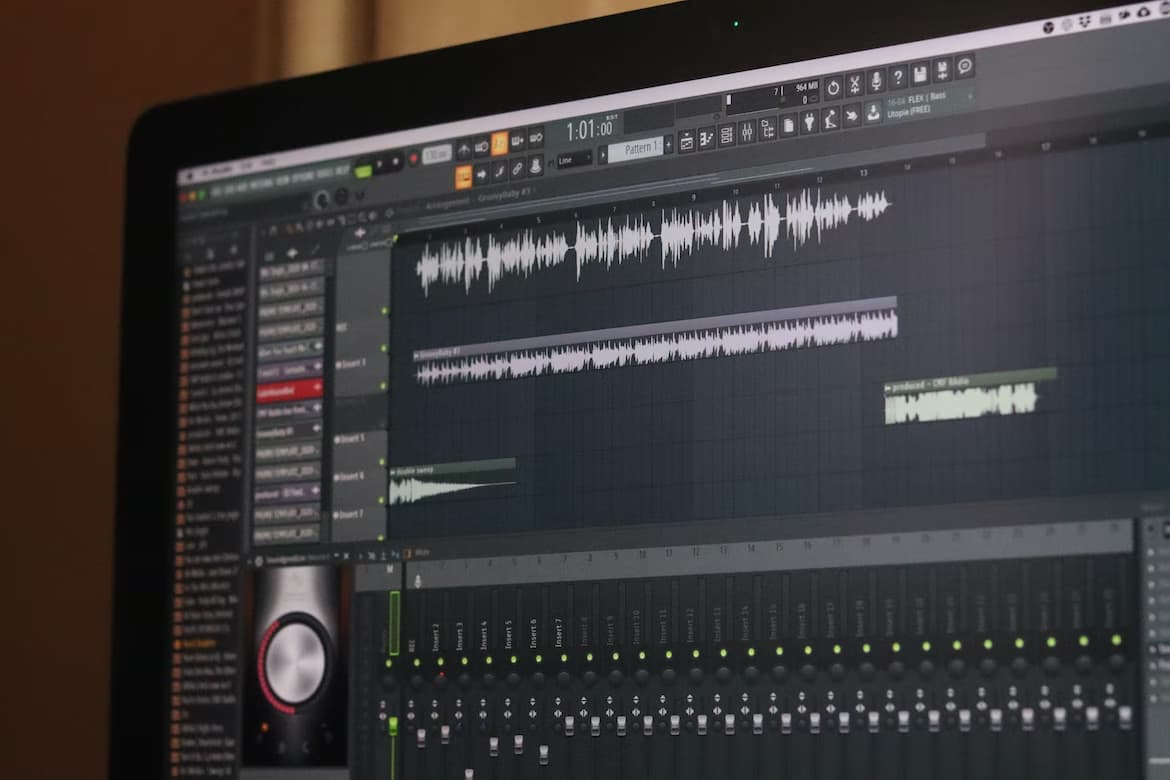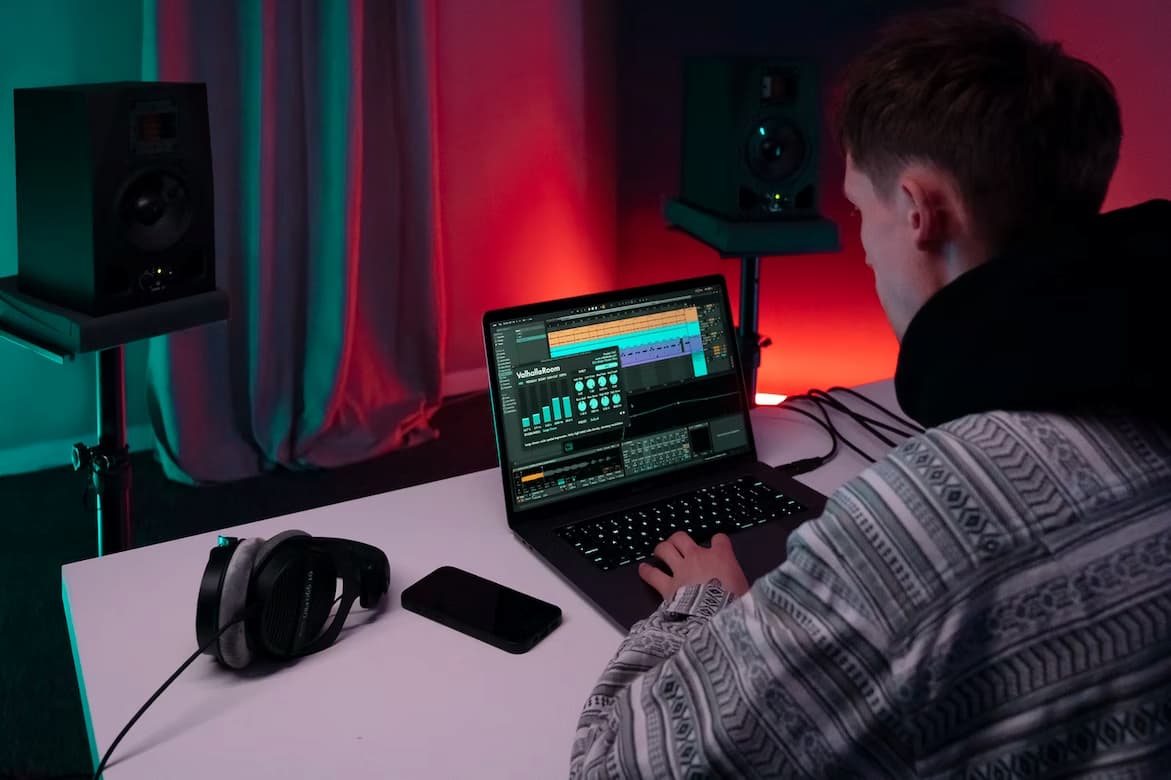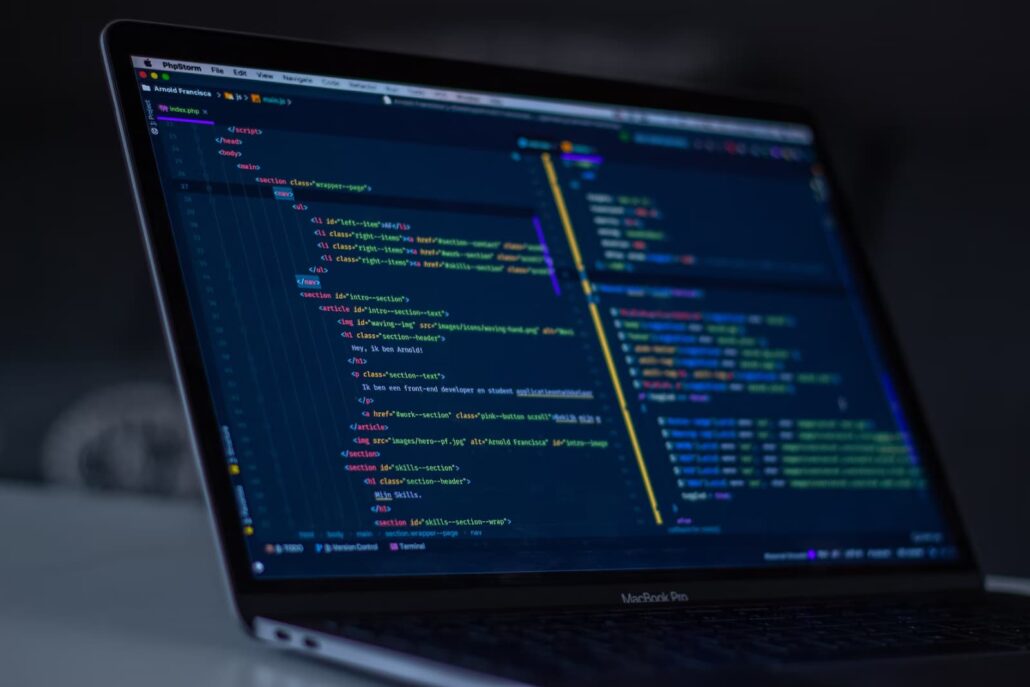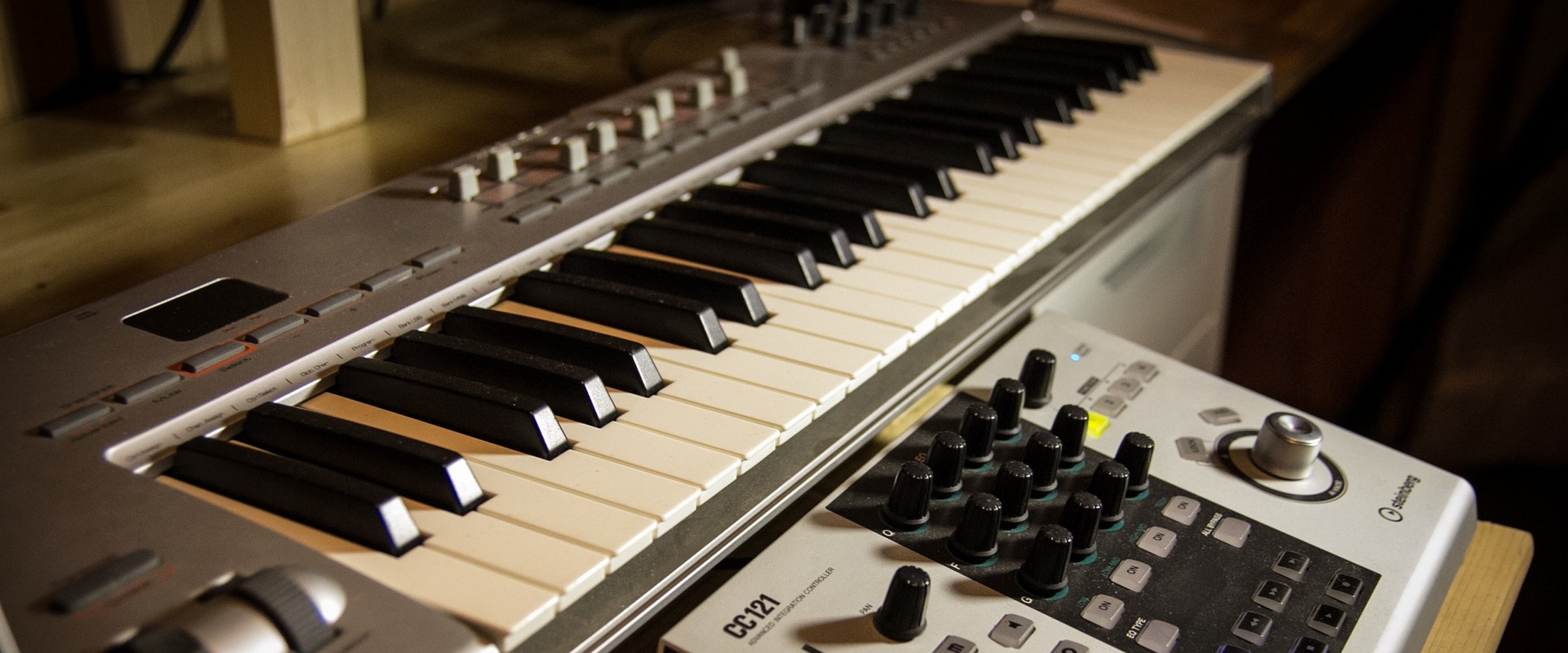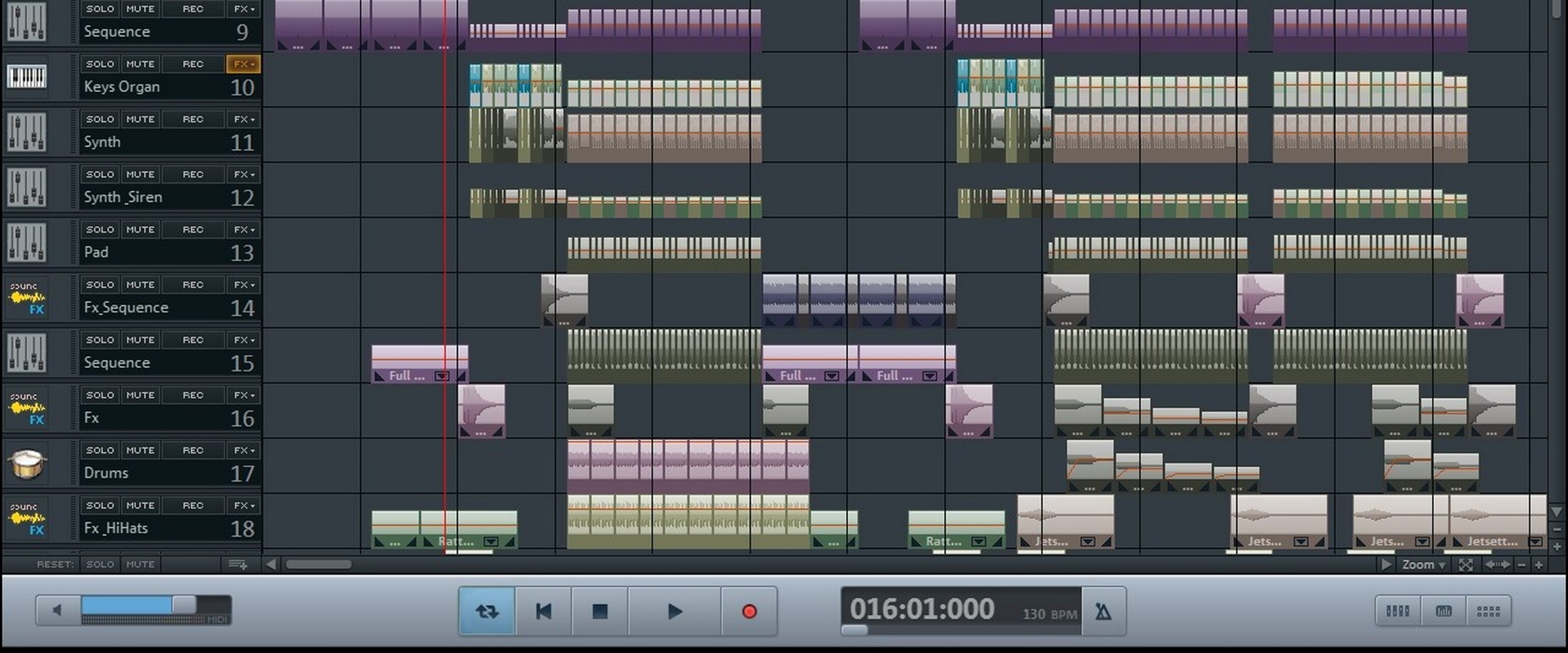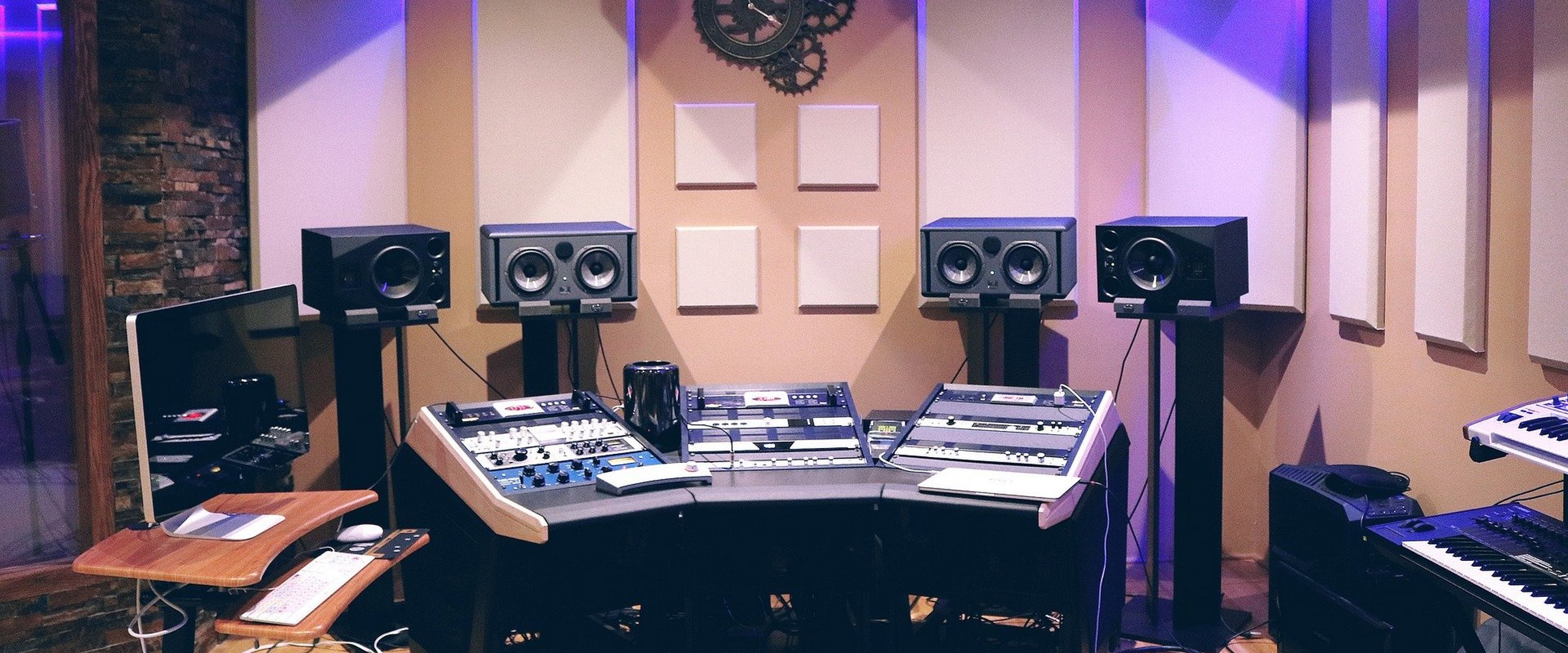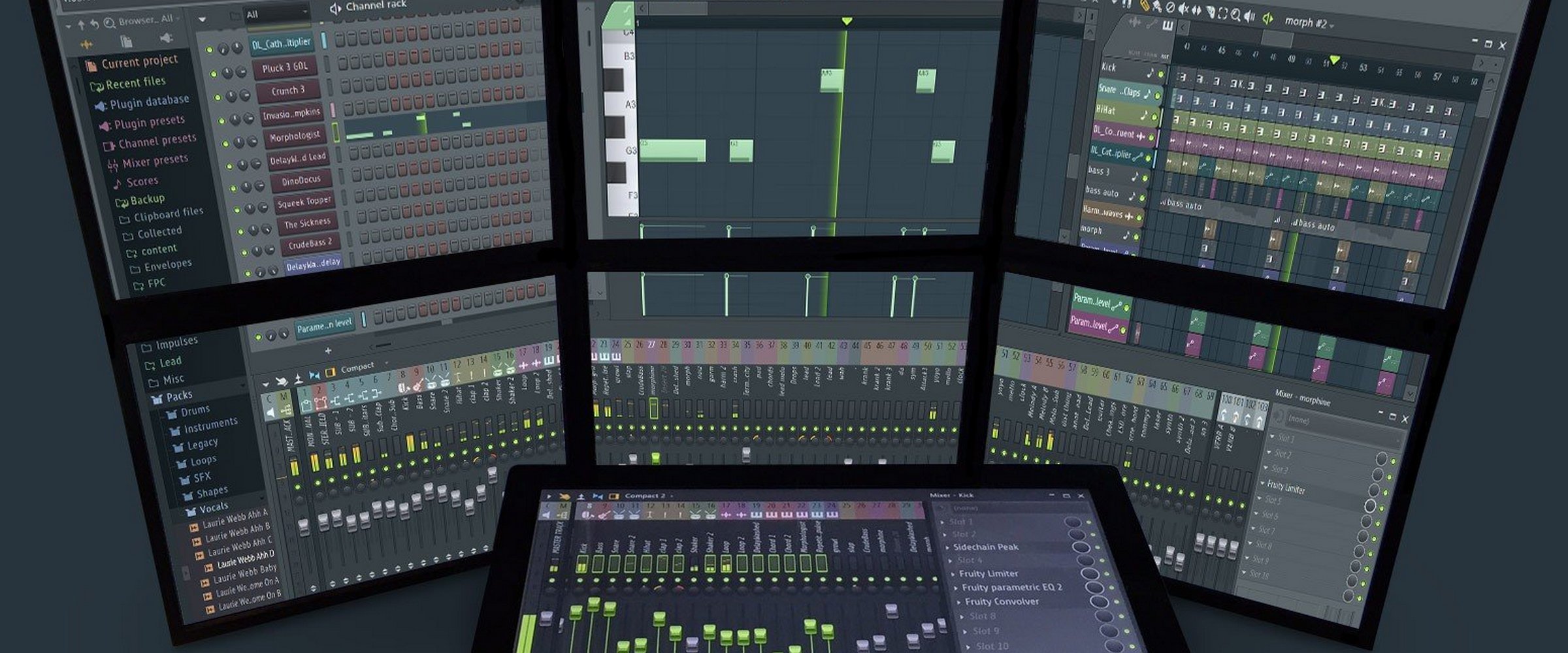MT5 iOS: Capture, Edit & Trade – A Perfect Blend of Photo & Finance
The world of finance has witnessed significant changes with the advancement of technology. One of the most notable changes has been the development of mobile trading platforms that allow individuals to engage in the financial markets from anywhere. Among these platforms, MT5 iOS has stood out for its innovative approach. It combines both finance and multimedia, offering traders a unique experience. In this article, we will explore how MT5 iOS offers the perfect blend of photo and finance, revolutionizing the way people trade on their mobile devices.
What is MT5 iOS?
MT5 iOS is a mobile trading platform that brings together all the powerful features of the MetaTrader 5 (MT5) trading terminal and presents them in an easy-to-use app format for iOS devices. With this app, traders can access financial markets, monitor live prices, analyze data, and even execute trades on the go. It is available for download in the App Store, making it accessible to anyone with an iPhone or iPad.
MetaTrader 5, which is a popular platform used by professional traders, is well known for its versatility and comprehensive tools. MT5 iOS takes this power to the palm of your hand, providing a range of features that allow users to capture, edit, and even trade – a true fusion of creativity and finance.
The Role of MT5 iOS in Financial Trading
When it comes to trading, the platform you use plays a crucial role in your overall experience. MT5 iOS brings together both fundamental and technical tools, making it a comprehensive platform for traders. Whether you are a beginner or an experienced trader, MT5 iOS allows you to perform the following:
- Real-Time Data & Market Access: MT5 iOS provides live quotes, ensuring that traders can make informed decisions with up-to-date information.
- Advanced Charting Tools: The app offers a wide range of technical analysis tools. Traders can apply indicators, oscillators, and chart patterns to predict market movements.
- Order Management: Users can easily place, modify, and close orders directly from their mobile devices, offering the flexibility to trade from anywhere.
- Multiple Asset Types: Whether you are trading stocks, forex, commodities, or cryptocurrencies, MT5 iOS supports multiple asset classes.
- Trading Signals: For traders who rely on automated systems or expert opinions, MT5 iOS allows the integration of trading signals from various sources.
The flexibility and accessibility of MT5 iOS make it a go-to platform for traders, allowing them to capture opportunities, edit their strategies, and execute trades seamlessly.
Capture the Moment – Photo Features on MT5 iOS
While MT5 iOS is primarily a financial tool, it integrates multimedia capabilities that make it unique among trading platforms. One of the features that stand out is its ability to capture market data and analyze it visually. This functionality is perfect for traders who like to take snapshots of the market at a specific time to track trends or share market information.
Capturing Screenshots and Market Data
MT5 iOS makes it easy to capture screenshots of live charts. With the simple press of a button, traders can take a snapshot of their current chart view and save it for later analysis. This feature is beneficial for traders who want to document specific market moments, especially those related to trade decisions. It is also useful for traders who follow a specific pattern or technical indicator and wish to review it in detail later.
Sharing Screenshots for Better Collaboration
Traders often share their insights or analysis with others. MT5 iOS makes this process easier with its built-in screenshot functionality. With just a few taps, you can share your captured images or charts directly through various social media platforms or via email. This feature is beneficial for both novice and professional traders who want to communicate their trading ideas and gain feedback from others. Sharing trading insights with a larger community is an excellent way to improve your knowledge and strategy.
Visual Representation of Trading Strategies
Incorporating visuals into trading strategies helps traders explain their decisions more clearly. With MT5 iOS, traders can add annotations, drawings, and text to their screenshots. By using various shapes and lines, traders can emphasize key elements of the chart, making it easier for others to understand their strategies. This visual representation enhances collaboration and communication, particularly when working with trading partners or clients. For further learning on improving your trading strategies, refer to ForexBrokers
Edit with Precision – Tailored Tools for Trading
Another impressive aspect of MT5 iOS is its ability to edit and customize the trading experience. While trading apps are typically focused solely on the functionality of market execution, MT5 iOS provides powerful tools for customization. Let’s take a closer look at the customization options and how traders can optimize their trading experience.
Personalize Your Trading Environment
MT5 iOS allows users to customize their charting environment. Traders can choose from a range of chart types, including line charts, bar charts, and candlestick charts. The ability to adjust the colors, grid lines, and other chart elements makes it easier to read the charts and identify trends. Personalization options are essential for those who spend long hours analyzing charts, as they ensure a comfortable and user-friendly experience.
Advanced Drawing Tools
To enhance the analytical power of the platform, MT5 iOS offers a selection of advanced drawing tools. These tools allow traders to create trendlines, Fibonacci retracement levels, and other patterns that are essential in technical analysis. The app’s drawing tools are intuitive, and the ability to zoom in and out of charts makes it easier to work with detailed data.
Custom Indicators and Expert Advisors
For traders who rely on specific indicators or automated trading systems, MT5 iOS enables the installation and use of custom indicators and expert advisors. These custom features help traders personalize their trading setup by integrating tools that are tailored to their unique strategies. This customization enhances the precision of their trades, increasing their chances of success. Discover more about creating custom indicators and expert advisors at My Trading Skills and FXStreet.
Trade Anytime, Anywhere – Flexibility with MT5 iOS
One of the greatest advantages of using MT5 iOS is the flexibility it offers. Traders no longer need to be tied to their desktop computers or trading stations. Whether you are on the go, at home, or traveling, MT5 iOS provides a seamless trading experience across all your iOS devices. Let’s dive into how this mobility transforms the trading landscape.
Full Control Over Your Trades
With MT5 iOS, you can control every aspect of your trades. Whether you are opening a new position, modifying a stop loss, or closing a trade, you can do so quickly and efficiently. This flexibility allows you to manage your trades with minimal delays, which is especially crucial in the fast-paced world of trading.
Multi-Device Synchronization
MT5 iOS synchronizes all your devices, so you can start a trade on your iPhone and continue it on your iPad without missing a beat. All your settings, charts, and indicators are stored in the cloud, ensuring that you have access to your latest data across multiple devices. This seamless integration between devices makes it convenient for traders to stay updated on their portfolio and execute trades whenever necessary.
Instant Execution and Notifications
In a world where market conditions can change in an instant, MT5 iOS offers push notifications to keep traders informed about crucial events. Whether it’s a price movement, a news alert, or a market trigger, MT5 iOS sends real-time notifications to your device. This instant communication helps traders take immediate action when necessary. For expert insights on trading notifications, refer to TradingView.
FBS Broker and MT5 iOS – A Winning Combination
When it comes to choosing a broker for your trading activities, selecting the right one is essential. FBS Broker is a popular choice for many traders, and when paired with MT5 iOS, it offers a powerful trading solution. FBS Broker provides excellent customer service, competitive spreads, and various account options to cater to traders of all levels.
FBS Broker offers seamless integration with MT5 iOS, ensuring that traders can access their accounts, manage their trades, and utilize all the powerful features of the platform. By combining the robust features of MT5 iOS with FBS Broker’s services, traders can enjoy a smooth and efficient trading experience.
Conclusion: A Blend of Creativity and Finance
MT5 iOS is a unique and innovative platform that blends the worlds of finance and creativity. Whether you are looking to capture market data, edit trading strategies, or execute trades on the go, MT5 iOS provides a comprehensive solution for mobile traders. The seamless integration with FBS Broker adds even more value, offering an exceptional trading experience.
With its powerful features and user-friendly interface, MT5 iOS proves that mobile trading can be both dynamic and efficient. By combining finance with multimedia tools, it redefines how we interact with the markets and enhances the overall trading journey. Whether you are a beginner or an expert, MT5 iOS has everything you need to stay ahead in the world of trading.


